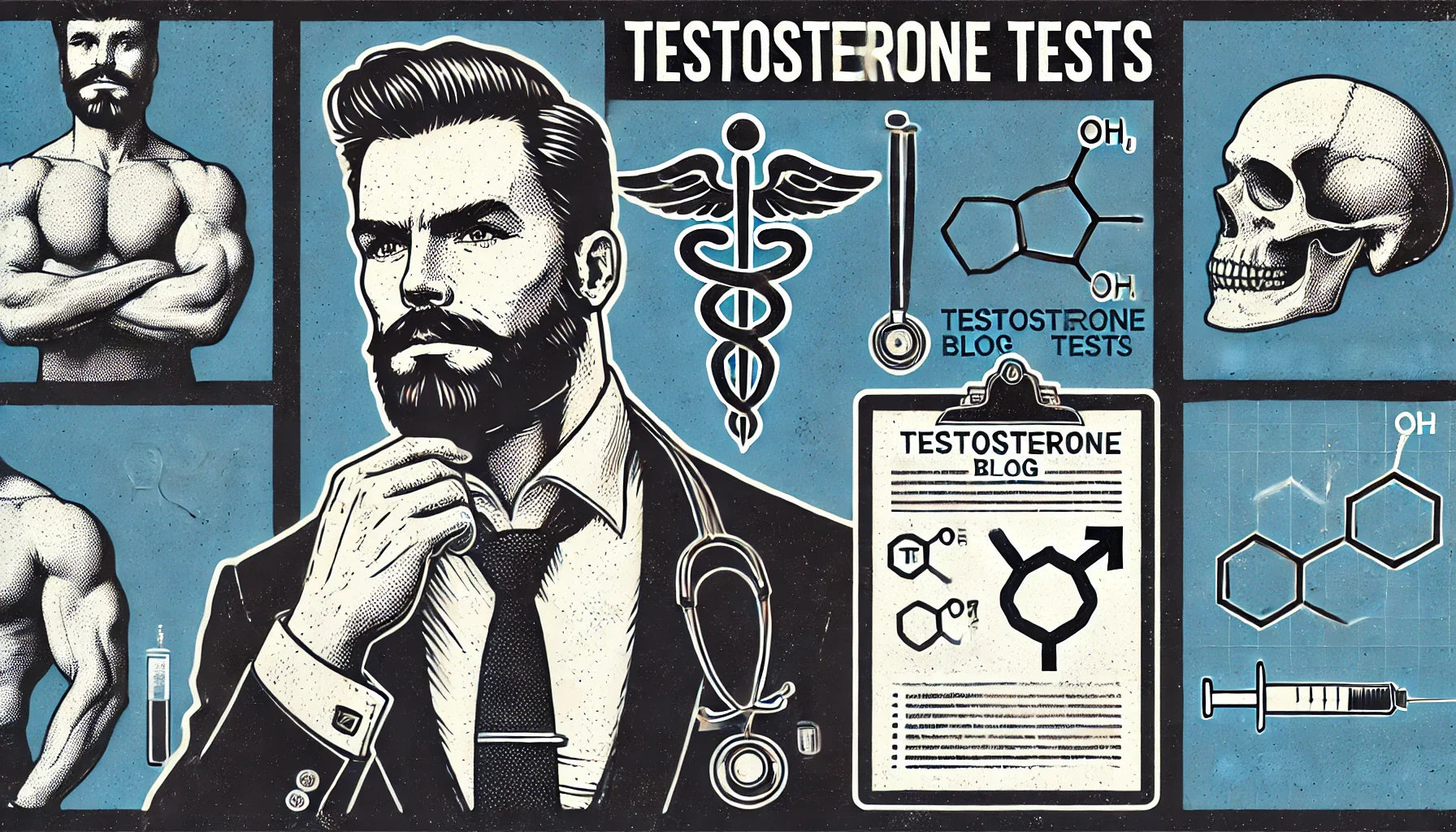
Understanding Testosterone Testing: When, Why, and How It Works
If you’re feeling unusually tired, struggling with low sex drive, or noticing changes in muscle mass, you might have wondered if your testosterone levels are to blame. Testosterone plays an important role in your overall health and can affect almost every system in the body. But how do you know if your levels are normal? That’s where a testosterone test comes in.
A testosterone test is a simple blood test that measures how much of this essential hormone is circulating in your system. It can help diagnose conditions like low testosterone (low T), hormonal imbalances, or underlying health issues affecting hormone production. Doctors typically recommend testing if you have symptoms of low or high testosterone, fertility concerns, or medical conditions like hypogonadism.
In this blog, we’ll break down how testosterone testing works, what the results mean, and what steps to take if your levels aren’t where they should be.
What Is a Testosterone Test and Why Is It Important?
A testosterone test is a pretty simple blood test that measures the levels of testosterone in your body. It’s crucial for diagnosing hormone imbalances that can affect energy, muscle mass, mood, sex drive, and overall health. Doctors typically recommend this test if you’re experiencing symptoms of low testosterone. Symptoms include:
-
Fatigue
-
Weight gain
-
Depression
-
Decreased sex drive
-
Sugar Cravings
-
Decreased muscle mass and strength
-
Increased body fat, especially around the abdomen
-
Low sex drive and erectile dysfunction
-
Mood swings, depression, or irritability
-
Brain fog and difficulty concentrating
-
Sleep disturbances or insomnia
-
Hair thinning or reduced body/facial hair growth
-
Weak bones and increased risk of fractures
-
Slow recovery from exercise or injuries
-
Reduced motivation and lack of drive
It can also be useful for detecting high testosterone levels, which may indicate underlying medical conditions. Since testosterone fluctuates throughout the day; usually peaking in the morning, the test is often done early in the day for the most accurate results. Symptoms of high testosterone levels include:
-
Increased aggression or irritability
-
Acne and excessively oily skin
-
Unusually high sex drive
-
Mood swings and impulsive behavior
-
Enlarged prostate or increased urination
-
Hair thinning or male pattern baldness
-
Increased muscle mass with decreased body fat
-
High red blood cell count, increasing the risk of blood clots
-
Sleep disturbances or worsened sleep apnea
-
Unexplained headaches or high blood pressure
Types of Testosterone Tests: Total vs. Free Testosterone
When testing for testosterone levels, doctors typically measure two key types: total testosterone and free testosterone. Both are completely different and we’ll explain why.
Total Testosterone
Total testosterone refers to the overall amount of the hormone in your bloodstream, including both the testosterone bound to proteins (like SHBG and albumin) and the small portion that is unbound. Total testosterone gives a broad picture of hormone levels and is the easiest test to perform. You may even see this test in your routine blood work.
Free Testosterone
Free testosterone represents the active form of the hormone that isn’t attached to proteins and is readily available for the body to use. Free testosterone is often a better indicator of how well testosterone is functioning in the body and is considered to be a more detailed test. Some men may have normal total testosterone levels but low free testosterone due to excessive binding proteins, which can still lead to symptoms of deficiency. That’s why doctors often check both levels to get a clearer understanding of hormonal health before making treatment recommendations.
How to Prepare for a Testosterone Test
Getting a testosterone test is a simple process, but proper preparation can help make sure you get the most accurate results. Since testosterone levels fluctuate throughout the day, most doctors recommend scheduling your test in the morning, typically between 7-10 AM, when levels are highest. It’s also a good idea to avoid intense exercise the day before, as strenuous activity can temporarily alter hormone levels.
Some doctors may require you to fast, especially if they’re running additional bloodwork so always confirm this ahead of time and avoid alcohol in the days leading up to the test as this can impact the results.
Understanding Your Test Results and Next Steps
Getting your testosterone levels tested is the first step in understanding your hormonal health, but knowing what the numbers mean is just as important. Testosterone is typically measured in nanograms per deciliter (ng/dL), and while the "normal" range varies, levels below 300 ng/dL in men are often considered low.
However, numbers alone don’t tell the whole story, so keep this in mind; symptoms matter too. If your levels are borderline but you're experiencing fatigue, low sex drive, or brain fog, it may still be worth exploring treatment options like TRT (Testosterone Replacement Therapy.)
Overview
Getting your testosterone levels tested is the first step in treats low or high levels. Though we understand it can be nerve wracking, don’t worry! Relax, knowing you’re on track to correcting the problem.